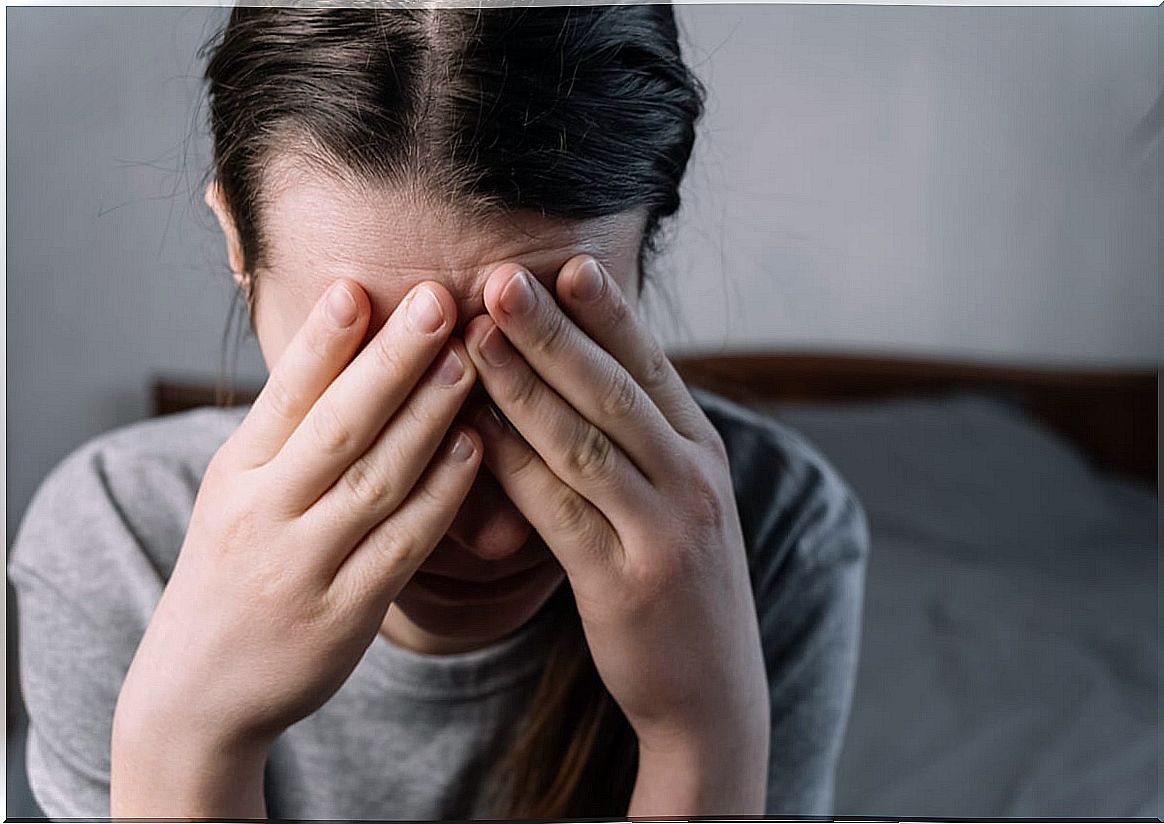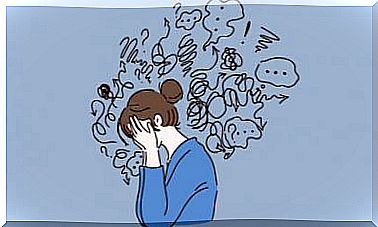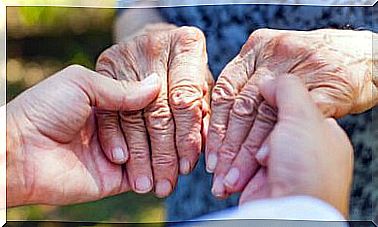Effective Treatments Against Stress

Effective stress treatments cover different areas. We cannot ignore that this psychological condition impacts many areas of our being: thoughts, emotions, physical discomforts … It is important, therefore, to make use of a multidimensional strategy to achieve progress, to ensure that the person has a better response to all the challenges of the day to day.
Today, many people constantly struggle with stress and anxiety. Likewise, it is evident that in the face of the social complexities of the present and the near future, all these realities will only increase. The pressure for productivity, uncertainty, the constant flow of digital information, an increasingly sedentary lifestyle …
There are many factors that orchestrate these situations that, in many cases, end up escaping from our hands. Perceiving that external demands exceed our capacities and available resources is not only exhausting. It can lead us to highly defenseless situations in which health can be affected.
Therefore, let us know what resources, strategies and treatments we have at our disposal.

1. Effective treatments against stress: modifying thoughts
People are not aware of the number of unproductive thoughts we have per day. This flow of ideas and “garbage” reasoning is basically governed by automatism and irrationality. Far from controlling what we think, it is the mind that dominates us, making us fall into negativity, fatalism and fear.
Studies, such as the one carried out at the University of Northern Arizona, remind us that the main causes that determine the appearance of stress and anxiety are precisely automatic and irrational thoughts. It is therefore necessary to exercise control over them.
The way to do this is by keeping a record of the ideas that arise from day to day and evaluating them. The objective is none other than to carry out a cognitive restructuring, that is, to modify certain thought distortions that cause us discomfort.
For example: is this reasoning that I have now any use to me? Does it make me feel good or intensify my distress? How could I substitute varying this idea to make it useful to me?
2. Stress inoculation techniques
Among the effective treatments against stress we have one of the most effective: stress inoculation techniques. The goal is to help the person acquire skills that allow them to reduce physiological arousal as well as negative mental approaches. This resource is based on the Lazarus and Folkman Stress Coping Model.
To achieve these skills, it is first necessary to teach the patient how stress originates, the involvement of anxious emotions and the relevance of the type of thoughts we have. Next comes the training phase, which focuses on the following areas:
- Cognitive restructuring: modifying thoughts.
- Relaxation strategies.
- Behavioral skills for stress management (which behaviors to apply and which to avoid).
- Coping skills : controlling where we pay attention, teaching emotional management strategies, etc.
3. Problem solving techniques
Stress management needs to go beyond just exercising control over thoughts and emotions. It is useless for us to acquire skills in this area if we cannot solve the challenges that appear on a day-to-day basis, no matter how small. Thus, among the effective techniques against stress, there is undoubtedly the acquisition of skills to manage and solve problems.
The steps would be the following:
- Identification and description of the problem.
- Clarify what we want to achieve.
- Search for possible solutions taking into account multiple perspectives.
- Application and evaluation.
- Management of the emotions involved in each stage.
4. Jacobson’s progressive muscle relaxation
One of the most useful resources to decrease physiological activation is the muscle relaxation technique. With it, we will not only enter a state of calm and well-being. In addition, the mind also feels benefited by practicing this exercise. It consists of learning to tense and relax the different muscle groups of the body.
Jacobson’s progressive relaxation is based on the fact that our thoughts generate muscular tensions so that is where we must first focus our coping. Later, and once we have reached that physical balance, it is time to restructure thoughts, to change and sanitize mental approaches.
5. Diaphragmatic breathing
Diaphragmatic breathing exercises are another part of effective stress treatments. Thus, studies such as those carried out at the University of New York, show us that among its benefits is undoubtedly reducing both physical and psychological stress.
What this type of breathing achieves is that we can have a much lower number of inspirations per minute. In addition, it allows us to balance the levels of CO2 in the blood. The steps to carry it out would be the following:
- We get into a comfortable position, either lying down or sitting up straight.
- We place the hand on the chest and another on the abdomen.
- Now, we inhale the air through the nose for 4 seconds to feel how the abdomen begins to swell while the hand that rests on the chest hardly moves.
- We hold our breath for 3 seconds and then we slowly expel the air through our mouth for 8 seconds.
- We will repeat this cycle for about 5 minutes, twice a day.
To conclude, mastering the skein of stress takes time and commitment. Thus, and while it is true that it is essential to exercise greater control over thoughts and emotions to reduce their impact, it is also appropriate to take care of our lifestyle habits. Maintaining an adequate diet and exercising are also basic and adequate strategies. Let’s keep it in mind.









